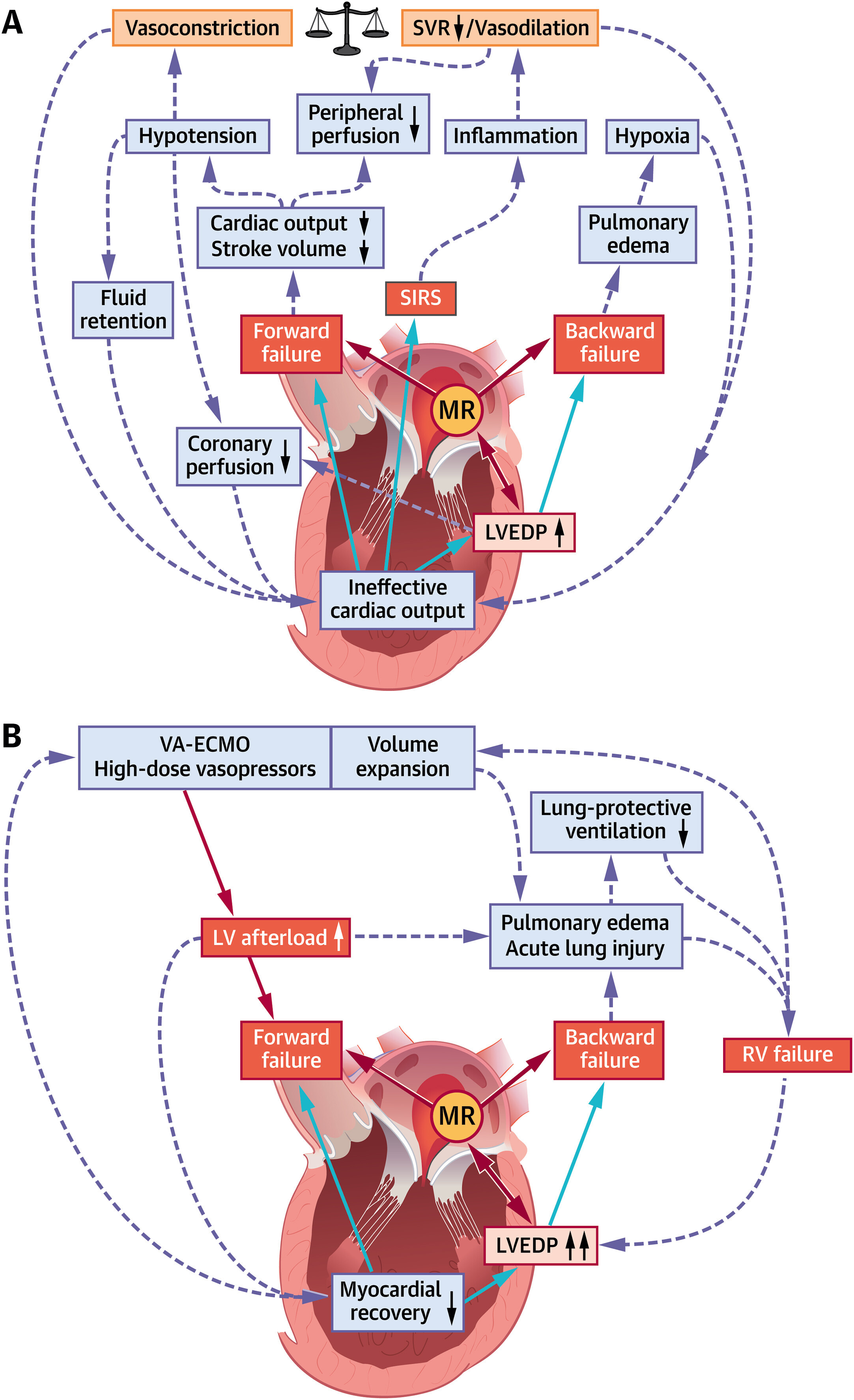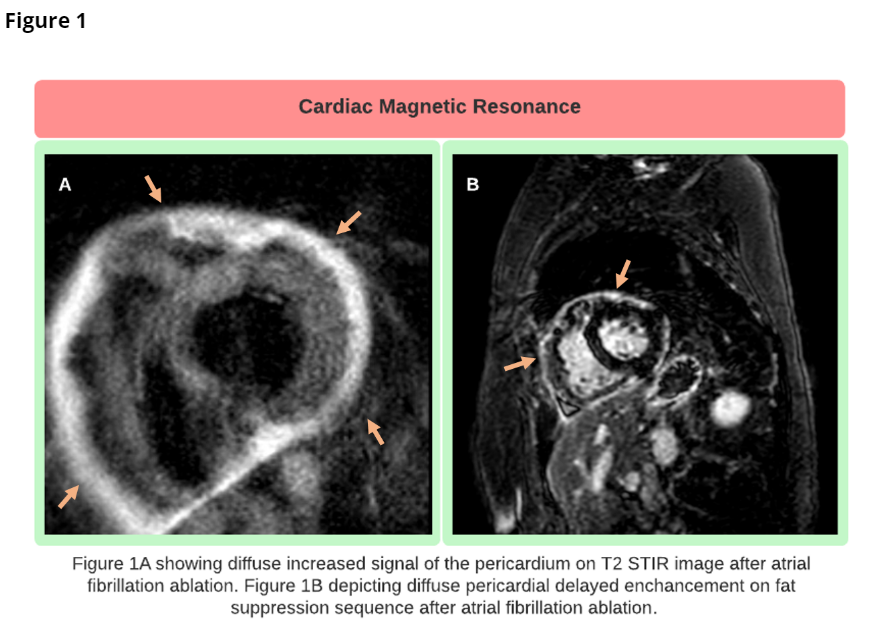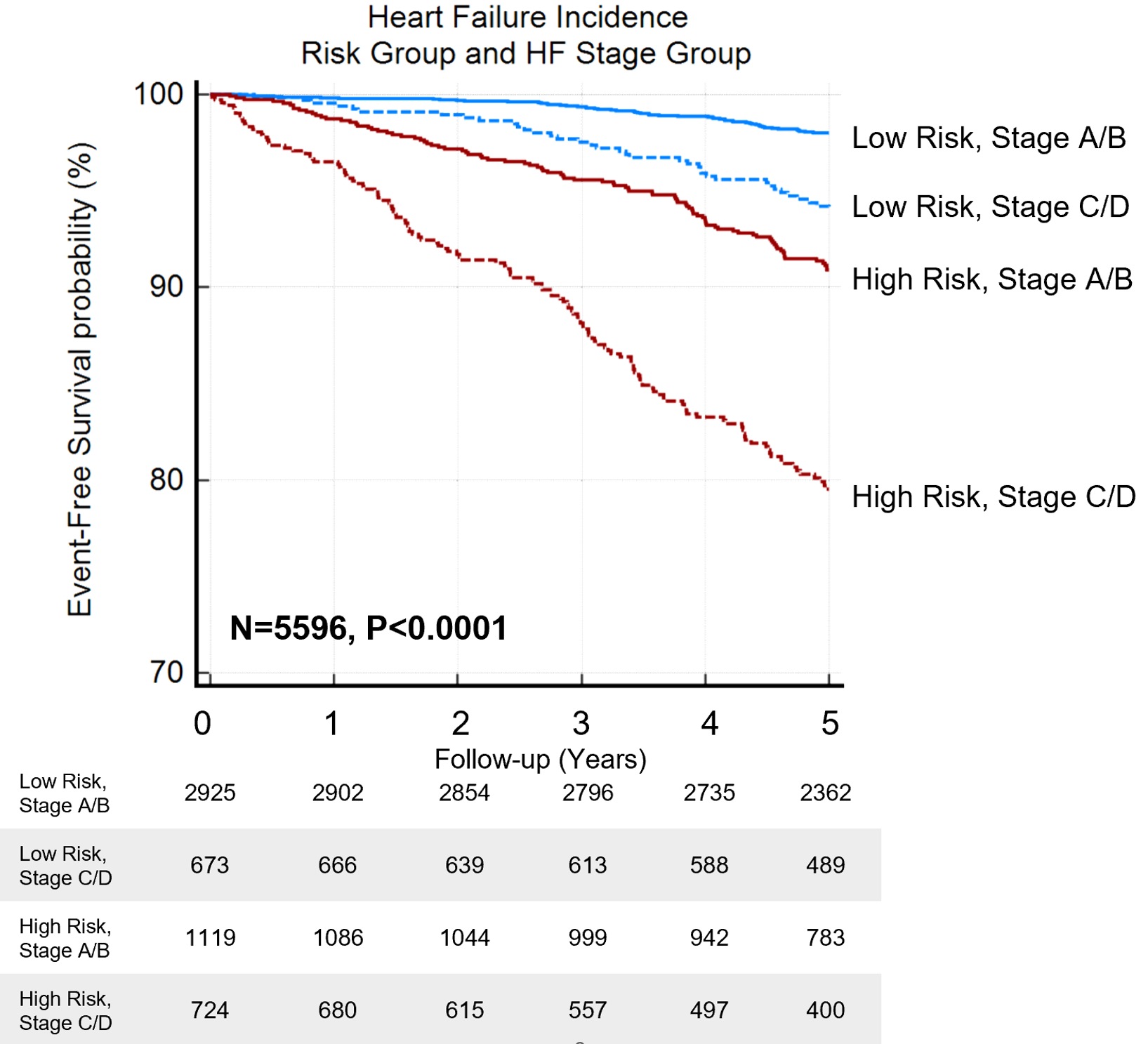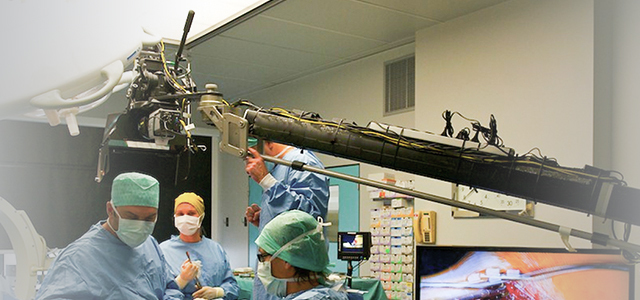
With significant expansion of indications for transcatheter aortic valve replacement (TAVR) to include younger and low risk patients, the choice of transcatheter heart valve (THV) system is of paramount importance to ensure better short- and long-term outcomes.
More
With expanding evidence for benefit with guideline-directed medical therapy (GDMT) in patients with heart failure with reduced ejection fraction (HFrEF), heart failure with mildly reduced ejection fraction (HFmrEF), heart failure with preserved ejection fraction (HFpEF), and heart failure with improved ejection fraction (HFimpEF), clinicians commonly inquire on how to initiate, sequence, and uptitrate GDMT in patients with HF. In the following paragraphs, I will try to address these concepts in the context of evolving evidence.
More
In recent years, transcatheter mitral valve edge-to-edge repair (M-TEER) has been established as an evidence-based therapy in patients with mitral regurgitation (MR)–dominant phenotypes of chronic heart failure with reduced ejection fraction (HFrEF) on optimized medical therapy.
More
Post ablation pericarditis is a type of post cardiac injury syndrome which results from an inflammatory reaction to the myo-pericardial damage from both radiofrequency catheter as well as cryoablation for atrial and less so ventricular arrhythmias.
More
The prevalence of heart failure with preserved ejection fraction (HFpEF) is increasing with the aging population.
More





